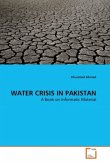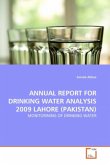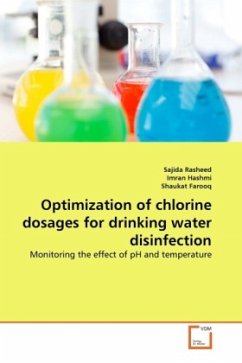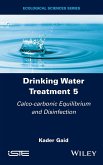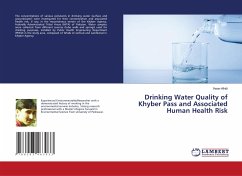Drinking water crisis affects the coastal region of Bangladesh and now-a-days it's a matter to collect safe and pure drinking water. The appearance of drinking water crisis has posed as a public health hazard having a very significant impact on people's life, health, social and economic activities in Bangladesh. In fact, the arsenic and salinity contamination of groundwater and surface water has created additional burden in the rural water supply. The present study examines and explores the peoples' practices, perceptions and adaptation strategies to mitigate drinking water crisis. It was found in the study areas that about 56.1% of the shallow tubewell water contained arsenic above WHO recommended Bangladesh standard of 0.05 milligram per liter. Besides, salinity in drinking water also exceeds the WHO guidelines. The study results depict that about 72.3% respondents were affected by different types of diseases in which 79.9% were medically treated. Social stigma and conflicts were also reported due to water crisis in the study villages. A participatory planning strategy was undertaken with the local residents to pick up the solution to minimize their drinking water crisis.
Bitte wählen Sie Ihr Anliegen aus.
Rechnungen
Retourenschein anfordern
Bestellstatus
Storno



